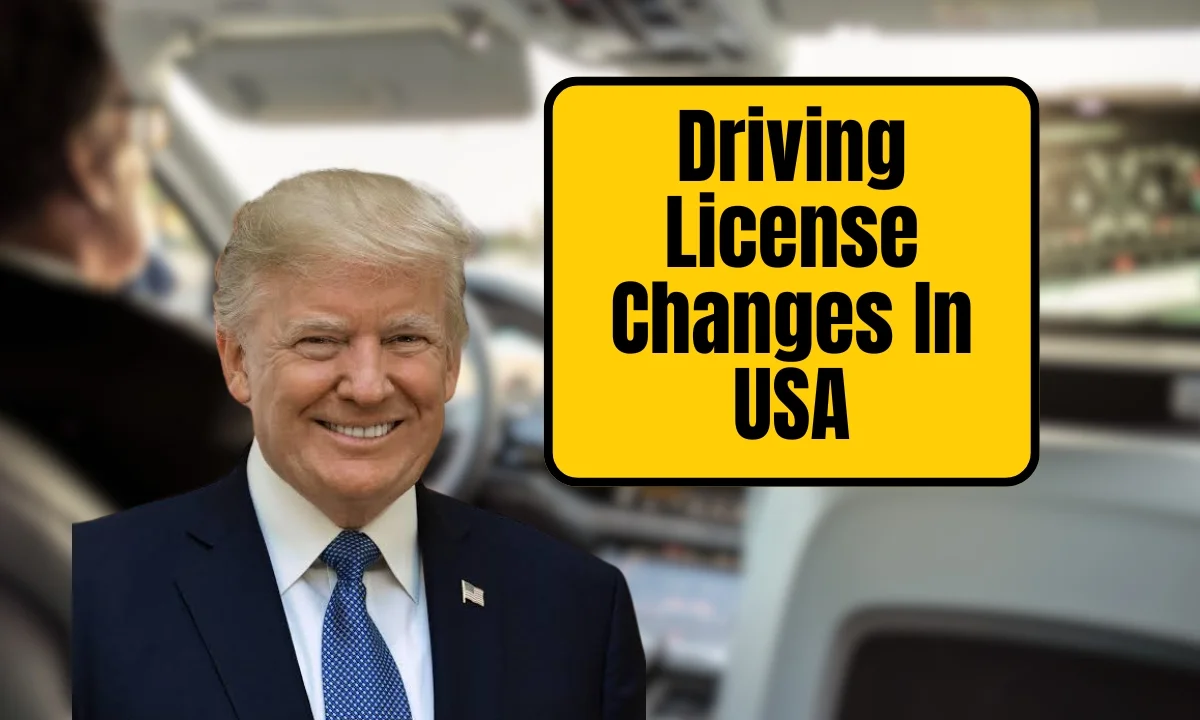Minecraft, one of the world’s most popular and beloved video games, is facing unprecedented legal scrutiny for its alleged role in promoting addictive behavior, especially among children. In 2025, a wave of lawsuits, including class actions, have been filed against Microsoft (the owner of Minecraft) and other companies, sparking a heated debate about video game design, corporate responsibility, mental health, and consumer protection.
This long-form article examines every facet of the Minecraft class action lawsuits—tracing the origins of the claims, analyzing the legal arguments and process, presenting key facts, summarizing major court developments, reviewing settlement trends, and exploring broader implications for gamers, parents, companies, and society.
Understanding the Lawsuit: Why Minecraft Is Under Fire
The heart of the legal battle is the allegation that Minecraft has been designed to deliberately foster compulsive play, addictive behaviors, and financial exploitation of young users. Plaintiffs contend that companies behind Minecraft, including Microsoft and Mojang Studios, used psychological tactics proven to reinforce engagement and drive microtransactions, often at the expense of children’s well-being.
Claims common to these lawsuits include:
-
Game mechanics that encourage prolonged play and in-game purchases.
-
Use of psychological techniques to foster dependence—such as variable rewards and nudges.
-
Marketing to minors with insufficient parental controls and inadequate warnings.
-
Collection of children’s personal data without proper consent.
These cases frame addiction to games like Minecraft as a matter of strict product liability, negligence, fraud, and, in some instances, privacy violations. Plaintiffs seek both financial damages and injunctive relief—demanding changes in marketing, design, and parental safeguards.
The Growth of Video Game Addiction Lawsuits
The Minecraft lawsuits form part of a wider movement against perceived predatory practices in the video game industry. Over the last few years, families across the United States, especially in California, have taken tech and gaming giants to court, alleging serious harm to minors caused by addictive designs in games like Minecraft, Fortnite, and Roblox.
Judicial response to these claims has evolved rapidly. In April 2025, the Los Angeles Superior Court coordinated six major lawsuits related to video game addiction, including those targeting Minecraft, Fortnite, and Roblox. By designating these as “complex” cases, the court recognized the depth of the evidence, expert testimony, and societal impact involved.
Key Players: Companies, Plaintiffs, and Attorneys
Primary Defendants
-
Microsoft / Mojang Studios: Developer and publisher of Minecraft.
-
Epic Games: Developer and publisher of Fortnite (often linked in broader suits).
-
Roblox Corporation: Another target due to similar addictive design claims.
Notable Plaintiffs
The plaintiffs are generally parents or guardians claiming Minecraft’s design, marketing, and monetization strategies caused serious emotional, psychological, and financial harm to their children.
A prominent case in California involved plaintiff Jennifer Sawyer, who filed suit on behalf of her child. Sawyer alleges her child’s compulsive play led to social isolation, developmental harm, and significant financial loss.
Legal Representation
Plaintiffs are typically represented by attorneys specializing in product liability, consumer protection, and class action litigation. These legal teams advocate for victims’ rights, seeking damages and regulatory reforms.
Filing a Minecraft Addiction Lawsuit: How the Process Works
If you believe your child has suffered harm due to Minecraft addiction, there is a multi-step legal process:
-
Consult with an Attorney: Legal experts evaluate eligibility and advise on strategy.
-
Evidence Gathering: Plaintiffs collect medical records, gameplay logs, academic documents, financial statements, and witness testimony.
-
Formal Claim Submission: Lawyers file complaints in the appropriate jurisdiction, ensuring compliance with statutes of limitations.
-
Discovery and Negotiation: Both parties exchange information and may negotiate settlements.
-
Trial: If a settlement is not reached, the case goes before a judge or jury.
-
Post-Trial: Victims pursue recommended treatment and stay informed about appeal options and further developments.
Eligibility Criteria for Lawsuits
While precise rules vary by case, a typical eligibility checklist for Minecraft addiction lawsuits includes:
-
The individual (or child) is 24 years old or younger.
-
The player engaged with Minecraft for at least 2 hours per day, over a period of 5 weeks or more.
-
Medical diagnosis of addiction-related mental health issues, such as depression, anxiety, seizures, or orthopedic injuries.
-
Documentation of treatments or interventions for gaming addiction.
Facts and Figures: The Scope of Gaming Addiction
Recent studies cited in these lawsuits suggest the following trends:
-
90% of children over age two play video games regularly.
-
Many spend more than two hours per day engaged in gaming activities.
-
Video game addiction can lead to outcomes such as social withdrawal, academic declines, emotional instability, and severe psychological distress.
-
Families have reported financial losses due to unregulated microtransactions and compulsive in-game purchases, sometimes amounting to thousands of dollars.
The Legal Arguments: What Are the Lawsuits Claiming?
The main legal avenues pursued in the Minecraft class action lawsuits include:
-
Product Liability: Claiming the game is a defective product due to unsafe addictive properties.
-
Negligence: Alleging that developers failed to provide adequate warnings or safeguards for minors.
-
Fraud and Deception: Accusing game companies of deliberately disguising the risks and exploiting users through misleading marketing.
-
Privacy Violations: Targeting data collection practices that breach child protection laws.
Plaintiffs argue that Minecraft’s design incorporates elements known to trigger compulsive behavior, such as random reward schedules, social pressure mechanisms, and urgent notifications. Combined with aggressive in-game monetization, these features are said to prey on the vulnerabilities of young users.
Major Developments and Court Rulings
Case Coordination in California
In April 2025, the Superior Court in Los Angeles issued a pivotal decision that coordinated multiple lawsuits under the Videogame Addiction Cases (JCCP No. 5363). This move brought together several families’ claims against the producers of Minecraft, Fortnite, and Roblox, forcing the defendants to address common questions about responsibility and harm.
Attempts at National Consolidation
Efforts to combine cases from different states into a nationwide class action (through multidistrict litigation) were denied by the federal judicial panel, citing significant differences among games, defendants, and alleged harms. As a result, lawsuits remain decentralized, potentially ensuring quicker settlements and more individualized outcomes.
Settlement Trends: How Much Are Claims Worth?
Estimates for settlements in Minecraft addiction cases vary widely based on severity:
| Harm Tier | Description | Estimated Compensation |
|---|---|---|
| Life-Altering Injuries | Severe mental health issues, suicide, permanent damage | $300,000 – $2,500,000 |
| Serious But Manageable Harm | Depression, anxiety, disrupted education/work | $60,000 – $250,000 |
| Limited but Documented Harm | Short-term withdrawal, mild academic decline | $6,000 – $50,000 |
| Minor Injuries | Mild depression/anxiety, brief disruption | $5,000 – $40,000 |
| Moderate Injuries | Temporary depression/anxiety but not permanent | $50,000 – $250,000 |
Settlements often reflect the direct impact on victims, duration of play, financial expenditures, medical costs, and extent of life disruption. Exceptional cases may involve punitive damages where corporate negligence is clear.
Tabular Summary: Eligibility and Legal Status
| Lawsuit Criteria | Typical Requirement |
|---|---|
| Age of Plaintiff | 24 years old or younger |
| Gameplay Frequency | Minimum 2 hours/day, 5 weeks+ |
| Medical Diagnosis | Addiction, depression, anxiety, etc. |
| Treatment Documentation | Evidence of professional intervention |
| Geographic Coverage | Primarily California, but multi-state |
The Role of Game Design: Mechanics Under Scrutiny
Minecraft’s core mechanics—procedurally generated worlds, resource gathering, crafting, building—are lauded for their creativity and open-ended play. Lawsuits, however, argue that these features:
-
Encourage endless progression with never-completed goals.
-
Use “dopamine loops” tied to achievements and rewards.
-
Provide social incentives for continued play (multiplayer pressure, leaderboards).
-
Push frequent microtransactions tied to cosmetic upgrades and expansions.
The legal argument: Such design choices are more than entertainment—they intentionally create psychological dependency, especially for vulnerable users.
Parental Controls and Industry Response
Many video game companies, including Microsoft, now tout built-in parental controls, screen time limitations, and educational resources for parents. Critics counter that these measures are too little, too late, and fail to address deeper design decisions that foster addiction.
The class action lawsuits demand stronger protections, better disclosures, more robust parental intervention tools, and, in some cases, age restrictions or automatic limits on time and spending for minors.
Public Health Implications: The Bigger Picture
Psychologists, educators, and policymakers warn that excessive gaming can undermine healthy childhood development. Reported effects include insomnia, impaired academic performance, strained family relationships, and in severe cases, depression and anxiety.
Advocates for safer gaming highlight the importance of balance and suggest that game designers have an ethical responsibility to avoid exploitative practices. Industry critics argue for regulatory intervention and increased transparency.
Global Perspective: Video Game Lawsuits Around the World
While the Minecraft lawsuits focus primarily on the U.S., similar legal battles are brewing internationally. Governments in Europe and Asia have considered new regulations on game design and youth gaming limits. In China, for instance, developers have faced multi-million dollar fines for alleged intellectual property violations, unintended consequences of addictive game mechanics, and privacy breaches.
Community Reactions and Industry Fallout
Gamers, parents, and developers have mixed reactions to these lawsuits. Supporters insist companies must be held accountable for designs that can cause real harm, especially to minors. Detractors caution against overreach, arguing that video games have educational, social, and developmental benefits when played responsibly.
The industry, meanwhile, is rapidly updating its practices—investing in safer design, improving age verification, and funding research on gaming addiction. But reputational fallout remains a challenge, with critics closely monitoring progress and demanding sustained change.
What’s Next? The Future of Minecraft and Video Game Regulation
The outcome of the Minecraft class action lawsuits will set important precedents for the gaming industry. As cases proceed through court, settlements and judicial opinions will shape new standards for game design, marketing, and corporate accountability.
Regulators and lawmakers may introduce new rules on game mechanics, parental controls, advertising, and consumer disclosures. Developers will be compelled to rethink both the entertainment value and safety of their products—especially for children.
Conclusion
The Minecraft class action lawsuit marks a pivotal moment in the intersection of technology, consumer rights, public health, and child protection. Whether or not plaintiffs achieve large-scale compensation or regulatory reform, the debate itself has brought urgent attention to the risks and responsibilities associated with modern video games.
For families, understanding the realities of game addiction and seeking appropriate help is crucial. For companies, prioritizing user safety and transparent design practices may prove essential for long-term trust and success. For society, ongoing vigilance and informed advocacy will help ensure that digital entertainment remains a net positive for all.
Minecraft continues to inspire creativity and connection for millions, but the ongoing legal battles reveal a critical need for accountability, ethical design, and proactive protection of vulnerable users. The evolution of gaming—and its legal, financial, and societal repercussions—will be closely watched in the months and years ahead.














Leave a Reply